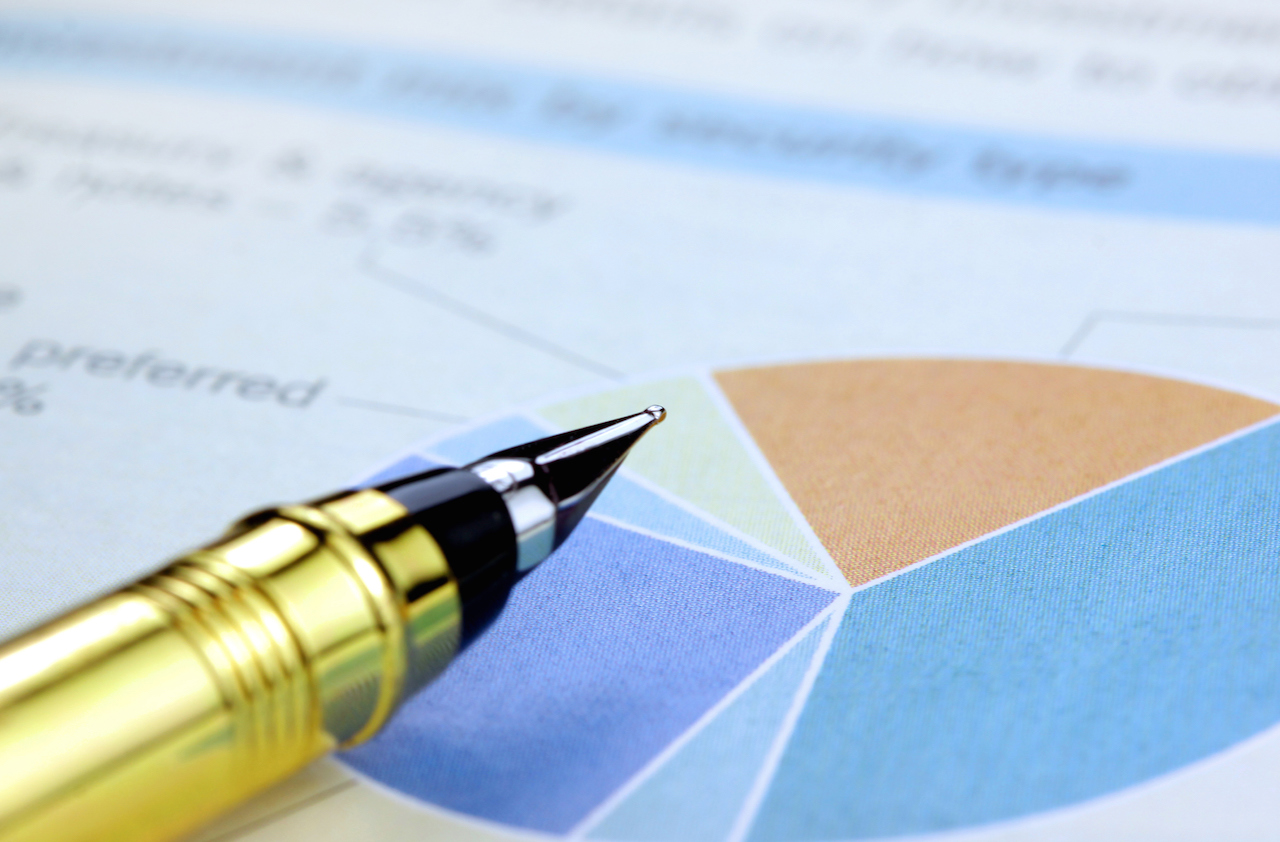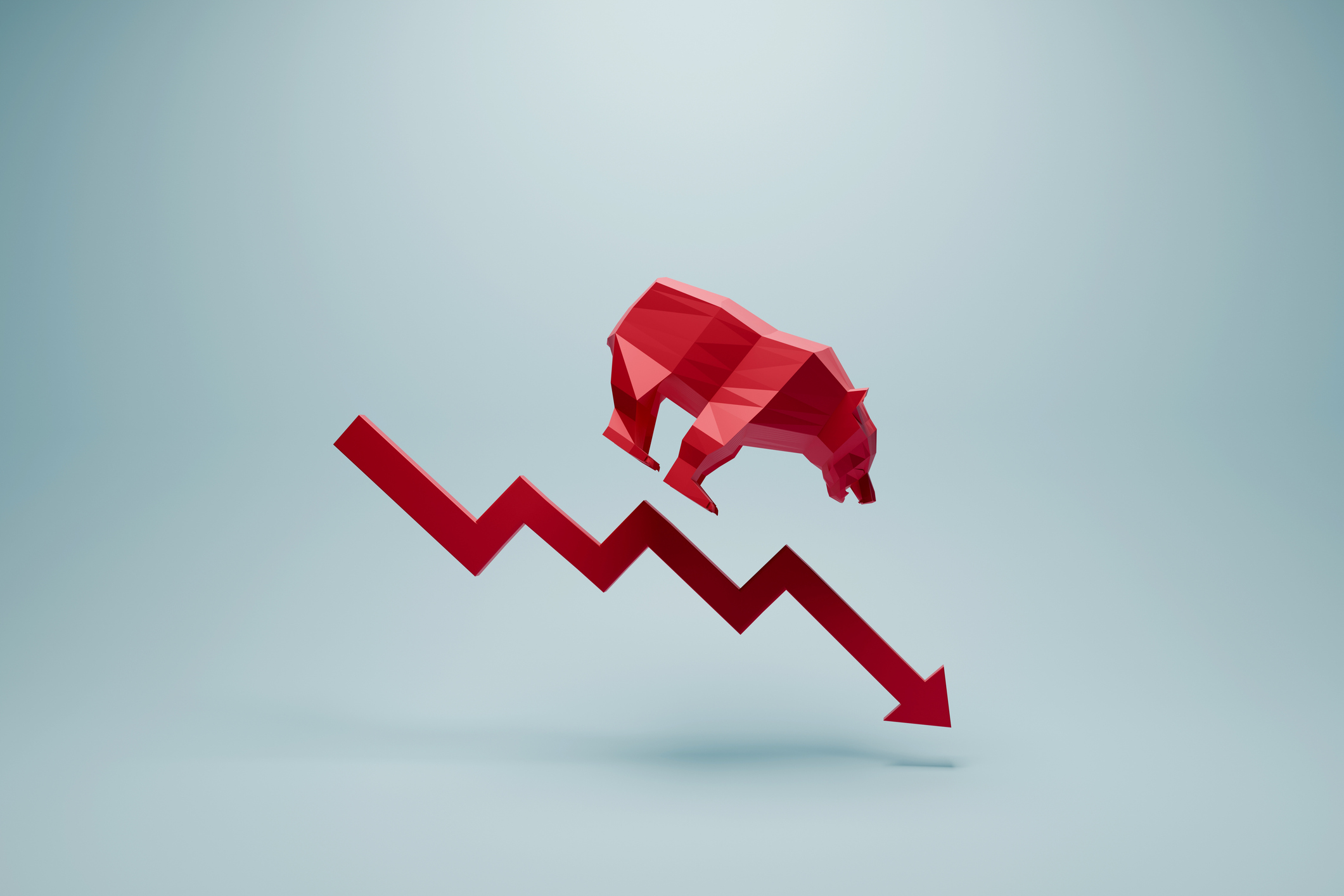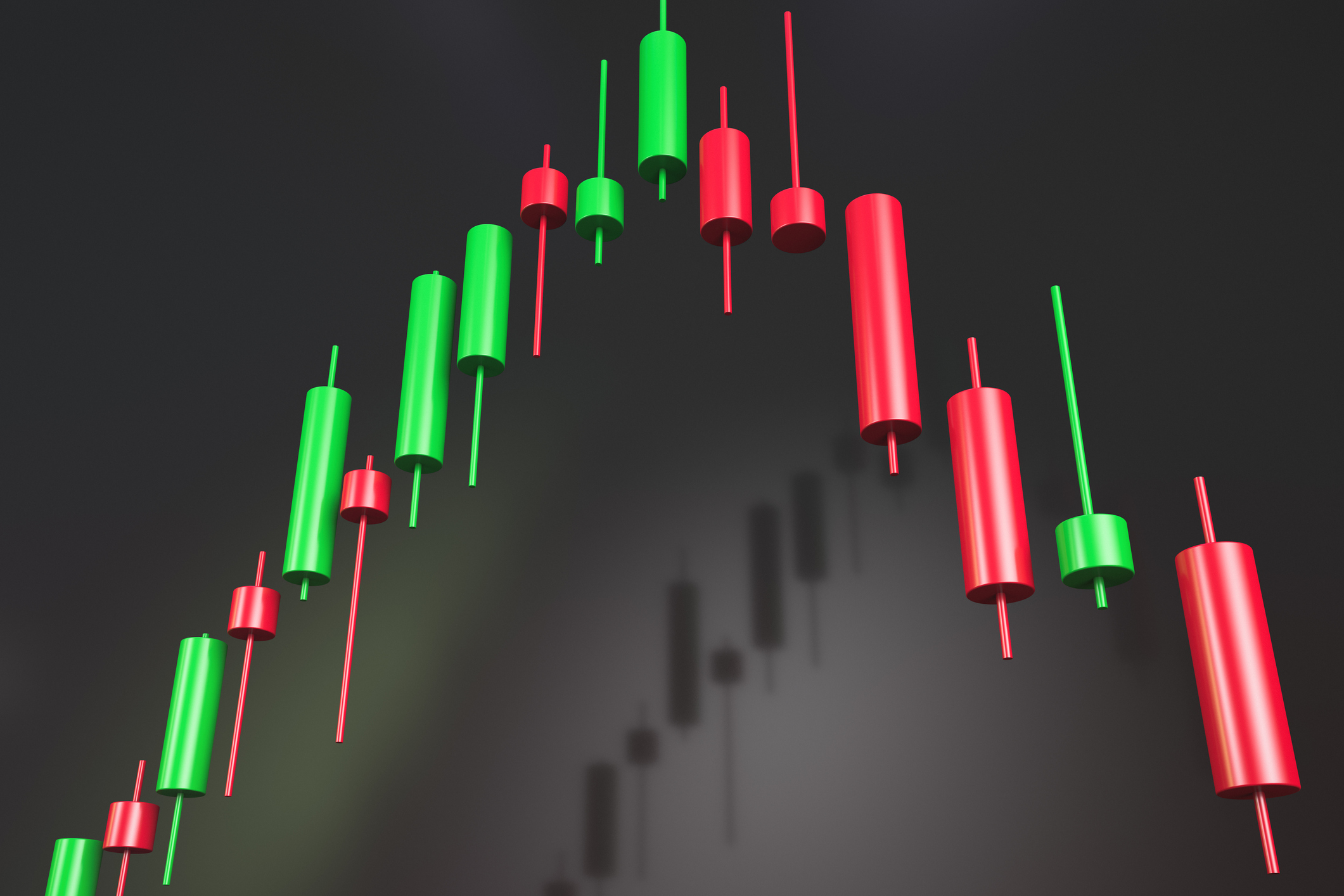The Right Investment Mix
Find out how you should allocate your assets.

Clearly, the more your investments make, the longer your money will last (or the more you can spend each year). And that brings us back to the stock market. You know that history shows that the stock market is the best place to be for the long haul.
Don't suddenly forget that lesson in retirement. The companies in the S&P 500 have posted an annualized return of 11% over the past seven decades, about double the return on five-year government bonds and about three times as much as one-year Treasury bills.
Throughout retirement, says financial planner Deena Katz, "you should have a minimum of 50% in stocks -- but 60% to 75% is better, especially early on."

Sign up for Kiplinger’s Free E-Newsletters
Profit and prosper with the best of expert advice on investing, taxes, retirement, personal finance and more - straight to your e-mail.
Profit and prosper with the best of expert advice - straight to your e-mail.
Exhaustive research by William Bengen, a financial planner in El Cajon, Cal., suggests that retirees should have between 50% and 75% of their retirement money in a diversified portfolio of large-company stocks or mutual funds. Based on market behavior over the past 70 years, that mix produced the best overall returns. Anyone holding less than 50% or more than 75% in stocks is being "controlled either by fear or greed," he says.
Once you begin tapping the nest egg, Bengen says, you can decrease your initial stock-allocation percentage by one percentage point per year without seriously affecting your ability to withdraw funds over 30 years. If you had 75% in stocks at age 65, then by age 80 you'd be down to 60% in stocks.
Bengen's formula means that the percentage of a portfolio that a conservative retiree should have invested in stocks is 115 minus his or her age. That would mean 50% if you were age 65, for example, falling to 35% 15 years later, when you hit 80. For an aggressive investor, the percentage should be 140 minus age -- or 75% at age 65 and 60% at 80.
Based on historical market performance, Bengen's research shows that a 65-year-old invested 50% in stocks can withdraw between 4% and 5% of a tax-deferred portfolio (slightly less for a taxable portfolio) in the first year of retirement (and the same amount increased by inflation in each of the succeeding 30 years) and not run out of money even during market downturns. This means that if you have a $700,000 portfolio, at 4% you can withdraw $28,000 in the first year. Applying a 3% inflation rate, in year two you could take out $28,840, in year three $29,705, and so on throughout the 30 years.
When setting your own allocation, keep in mind that at least part of your money at 65 will be invested for ten years or more. That makes you a long-term investor.
But what if having 50% or more of your portfolio in stocks still gives you the jitters? Then just say no. Any allocation has to take your risk tolerance into account. You can invest more conservatively -- but you may be cutting short the life of your assets.

How Much Do You Need?
Which Money to Spend First?

Get Kiplinger Today newsletter — free
Profit and prosper with the best of Kiplinger's advice on investing, taxes, retirement, personal finance and much more. Delivered daily. Enter your email in the box and click Sign Me Up.
-
 The AI Doctor Coming to Read Your Test Results
The AI Doctor Coming to Read Your Test ResultsThe Kiplinger Letter There’s big opportunity for AI tools that analyze CAT scans, MRIs and other medical images. But there are also big challenges that human clinicians and tech companies will have to overcome.
By John Miley Published
-
 The Best Places for LGBTQ People to Retire Abroad
The Best Places for LGBTQ People to Retire AbroadLGBTQ people can safely retire abroad, but they must know a country’s laws and level of support — going beyond the usual retirement considerations.
By Drew Limsky Published
-
 Stock Market Today: Stocks Surge to Close a Volatile Week
Stock Market Today: Stocks Surge to Close a Volatile WeekIt was another day with a week's worth of both news and price action, but it ended on a strongly positive note.
By David Dittman Published
-
 Stock Market Today: Uncertainty Proliferates: Dow Loses 1,014 Points
Stock Market Today: Uncertainty Proliferates: Dow Loses 1,014 PointsWeaker-than-expected consumer inflation data wasn't enough to stabilize sentiment during another volatile day for financial markets.
By David Dittman Published
-
 Stock Market Today: Tariff Pause Triggers 3,000-Point Dow Rally
Stock Market Today: Tariff Pause Triggers 3,000-Point Dow RallyThe bond market is sending concerning signals as the Trump administration executes its rapid reordering of global trade relationships.
By David Dittman Published
-
 Stock Market Today: Tariff Talks Drive Another Up-and-Down Day
Stock Market Today: Tariff Talks Drive Another Up-and-Down DayTrade war negotiations are happening, but the "fear gauge" is gyrating, and investors, traders and speculators are still searching for signs of a bottom.
By David Dittman Published
-
 Stock Market Today: Trump Pushes Dow Into 2,600-Point Swing
Stock Market Today: Trump Pushes Dow Into 2,600-Point SwingTariffs and trade war weigh on prices across global financial markets, with little light at the end of the tunnel.
By David Dittman Published
-
 Stock Market Today: Dow Drops Another 2,231 Points to Hit a Correction
Stock Market Today: Dow Drops Another 2,231 Points to Hit a CorrectionThe Nasdaq Composite, meanwhile, entered a new bear market with its latest slide.
By Karee Venema Published
-
 Stock Market Today: Dow Dives 1,679 Points on Trump Tariff Shock
Stock Market Today: Dow Dives 1,679 Points on Trump Tariff ShockU.S. stocks lost roughly $3.1 trillion in market cap on Thursday – the biggest one-day decline since the start of the COVID-19 pandemic in March 2020.
By Karee Venema Published
-
 Stock Market Today: It's the Old Up-Down Again on Liberation Day
Stock Market Today: It's the Old Up-Down Again on Liberation DayMarkets look forward to what comes with the reordering of 80-year-old global trade relationships.
By David Dittman Published